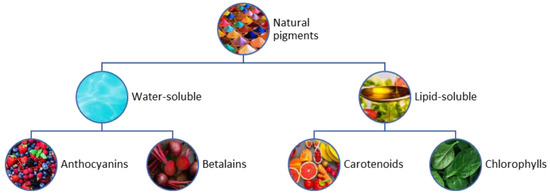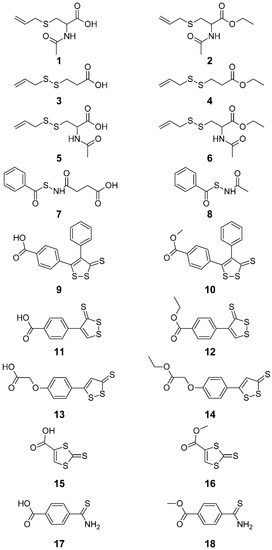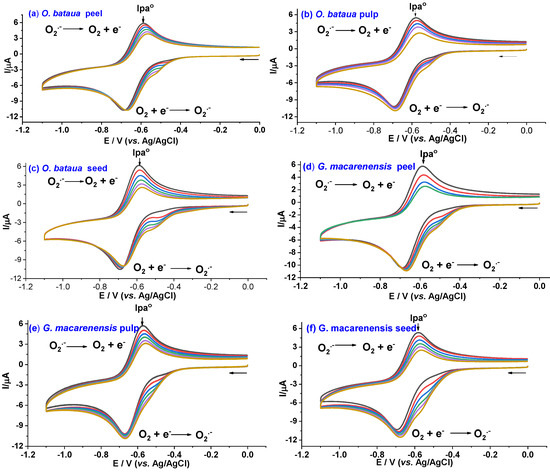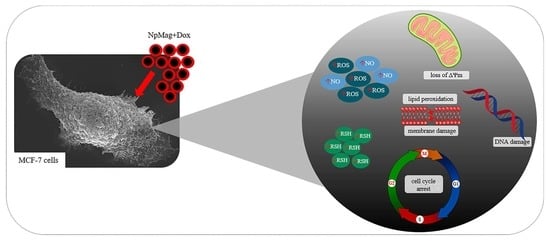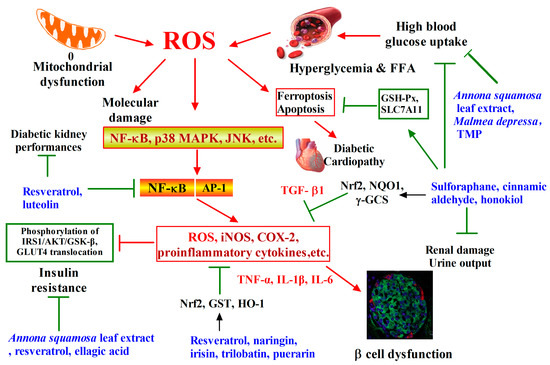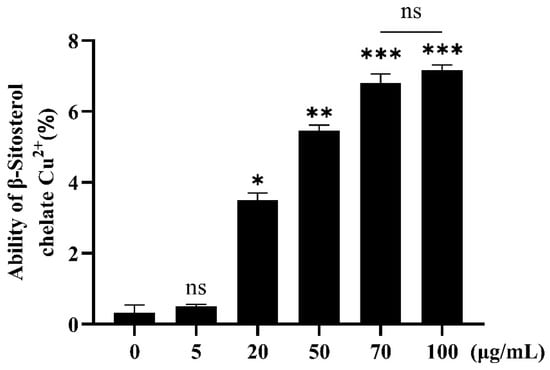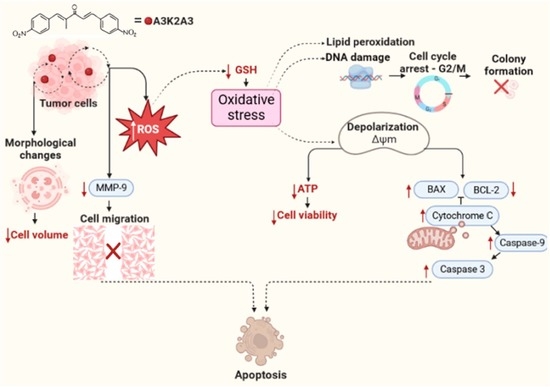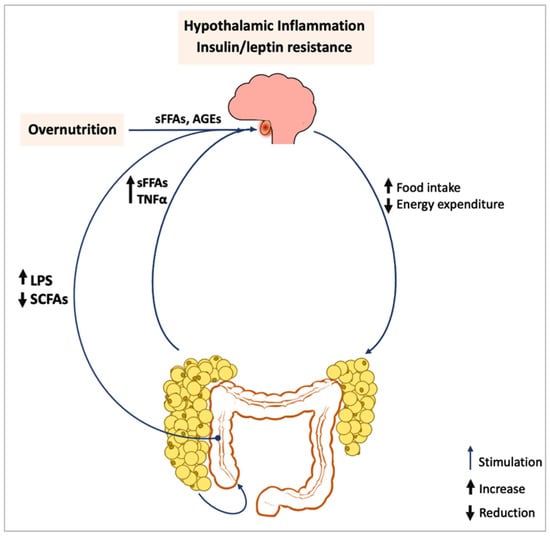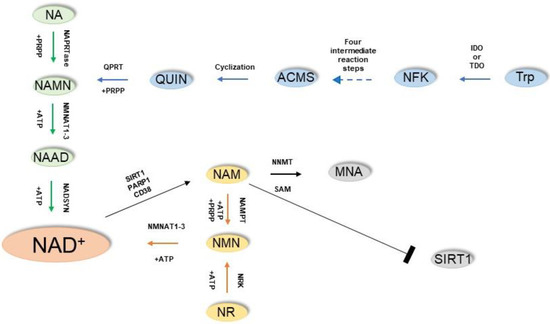Antioxidants 2023, 12(2), 328; https://doi.org/10.3390/antiox12020328 - 31 Jan 2023
Cited by 34 | Viewed by 5634
Abstract
The United Nations 2030 Agenda for Sustainable Development has created more pressure on countries and society at large for the development of alternative solutions for synthetic and fossil fuel derived products, thus mitigating climate change and environmental hazards. Food wastes and microalgae have
[...] Read more.
The United Nations 2030 Agenda for Sustainable Development has created more pressure on countries and society at large for the development of alternative solutions for synthetic and fossil fuel derived products, thus mitigating climate change and environmental hazards. Food wastes and microalgae have been studied for decades as potential sources of several compounds that could be employed in various fields of application from pharmaceutical to textile and packaging. Although multiple research efforts have been put towards extracting rich compounds (i.e., phenolic compounds, tocopherols, and tocotrienols) from these sources, they still remain overlooked as two major sources of bioactive compounds and pigments, mainly due to inefficient extraction processes. Hence, there is a growing need for the development of optimized extraction methods while employing non-organic solvent options following the main principles of green chemistry. This review will focus on delivering a clear and deep analysis on the existing procedures for obtaining bioactive compounds and pigments from food wastes derived from the most consumed and produced fruit crops in the world such as apples, oranges, cherries, almonds, and mangoes, and microalgal biomass, while giving light to the existing drawbacks in need to be solved in order to take full advantage of the rich properties present in these two major biorefinery sources.
Full article
(This article belongs to the Special Issue Agri-Food Wastes as Natural Source of Bioactive Antioxidants II)
►
Show Figures
